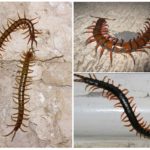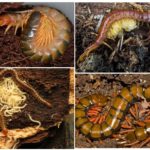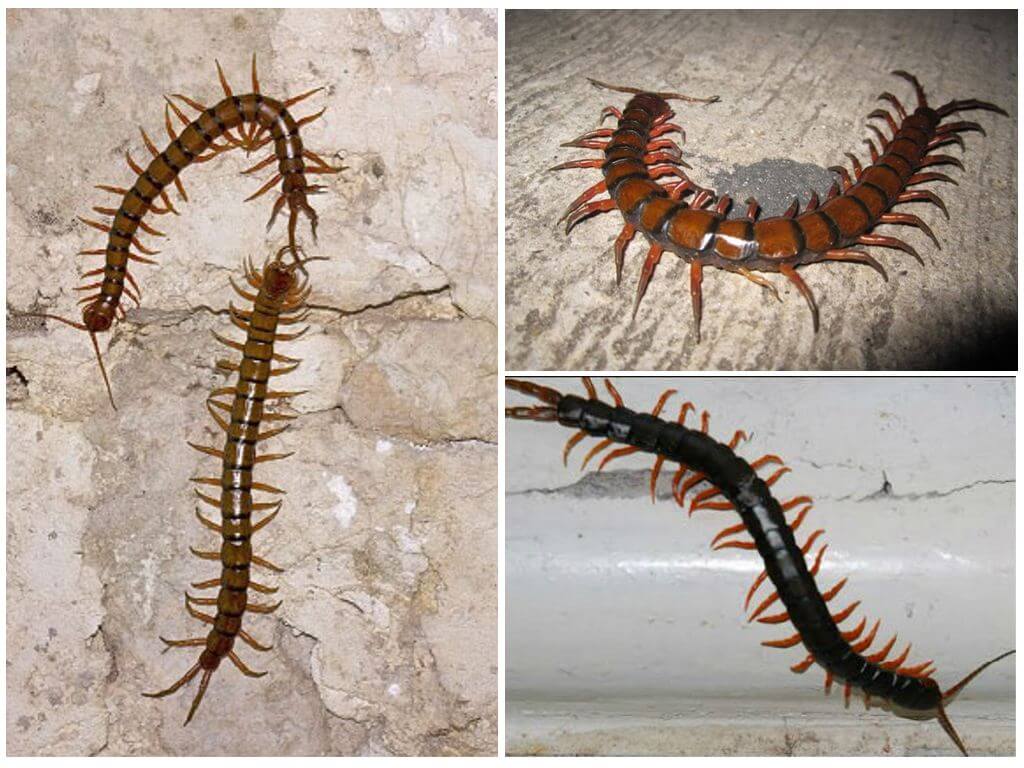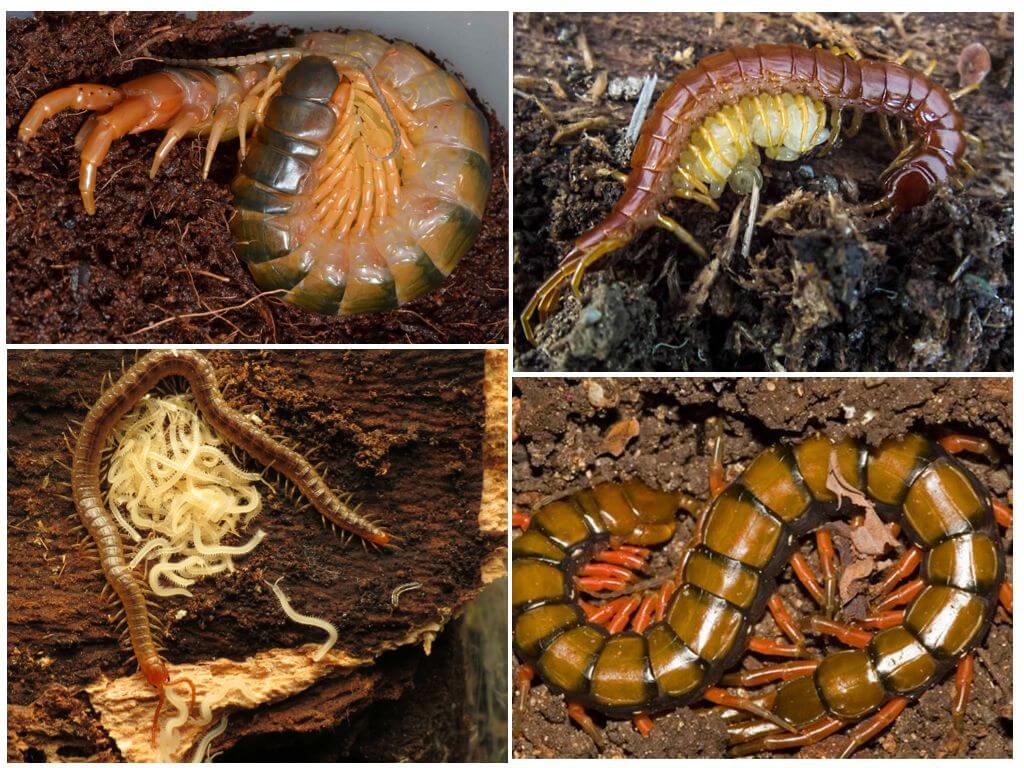Scolopendra in the Krasnodar Territory
- Scolopendra in the Krasnodar Territory
- Millipede breeding
In nature, there are many poisonous creatures, the bites of which can cause many problems to humans. Ringed skolopendra in the Krasnodar Territory is a vivid example. It can be found in Anapa and in Sochi, are not the exception Crimea and Novorossiysk. Few will cause sympathy for this rather large creature. She's not at all like home skolopendra. You can learn about the peculiarities of the structure and lifestyle of the centipedes from this article.
Description
Ringed skolopendra differs in rather large sizes of 10-15 cm. The color of the body surface varies from brownish-yellow to olive tones. The motile body consists of many articulated compounds, due to which the individual has a special flexibility.
Skolopendra is moved with the help of countless continuously moving legs, which have a slightly orange color. Each leg ends with a sharp spike containing poison. The internal cavity of the centipede is also filled with a poisonous substance, due to which it is undesirable to contact with it. If the arthropod crawls over the bare skin of a person, it will cause severe irritation.
Interesting!
A pair of legs on the head also performs the function of the jaws. The eyes of the centipedes are not distinguished by sharp eyesight, they distinguish only bright light and darkness. It is this reason that explains their extremely cautious behavior.
Antenna centipedes consist of approximately two dozen segments, some of which can glow. Photo skolopendry living in the Krasnodar region, is presented below.
Lifestyle
Ringed scolopendra refers to predators.She eats spiders, mollusks, larvae, beetles, wasps and flies. Scolopendra activity is shown at night, going in search of food. Having tracked down the victim, the predator catches up with it, piercing the body with its tenacious front legs. Then in the course go the jaws containing a toxic substance.
In the daytime, the scolopendra hides in damp places, shelters can serve as snags, stones, logs and crevices. Therefore, quite often with the centipede there are tourists when setting up a tent. And the first skolopendra does not attack, she tries to leave the dangerous area as soon as possible.
However, not everything is so cloudless - a centipede can cause serious health problems to a person sleeping under the open sky if he crawls into his open mouth or nose.
Important!
The mucus secreted from the feet of scolopendra causes acute inflammation of the nasal paranasal sinuses, which can be accompanied by bleeding, painful sensations, general malaise and even nervous system disorder.
Therefore, in order to avoid nighttime encounters with a predator in the lap of nature, it is preferable to rest in tightly closed tents.And to make sure there are no unwelcome guests in the shelter, it is necessary to inspect it carefully before going to bed. Inspection of things and backpacks is also required. Attention should be exercised in the collection of brushwood.
Breeding
Millipedes mate in the second year of life. When mating, the male with the back pair of legs on its last segment forms a cocoon in which the seminal fluid is collected. The approaching partner engages this spermatophore with its sexual opening. Then, after an accident of several months, the female lays eggs. In one laying can be up to 120 eggs. Throughout their maturation, the female is nearby, placing future offspring between her many legs.
Interesting!
After 2-3 months, young worms are born, which the female sometimes uses as food. However, the opposite situation is also possible, when offspring eat their own mother.
The life expectancy of scolopendre in terms of nature is not precisely established. The age of captive insects is about 7 years.









